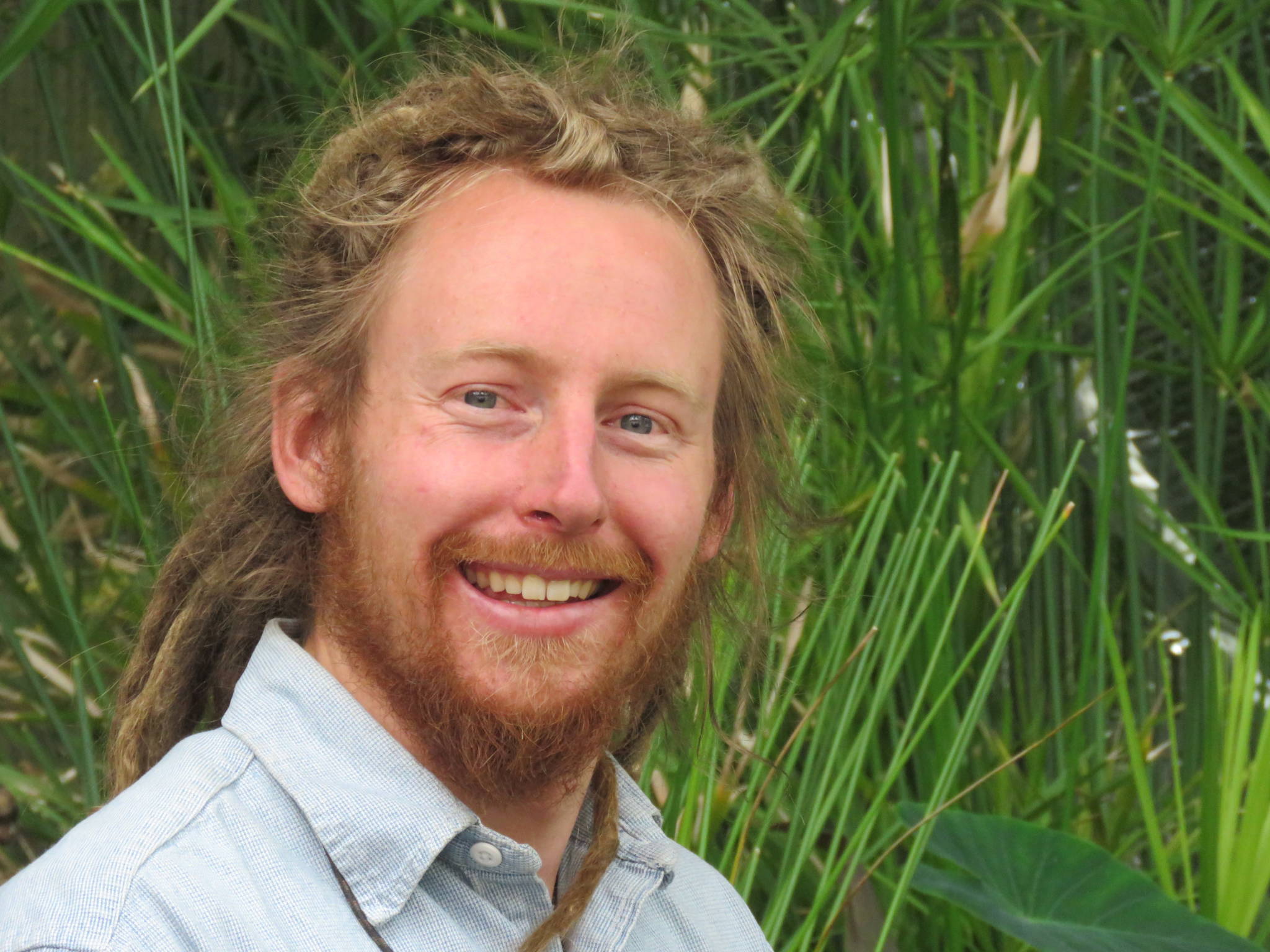
Transplanting vegetables is a great way to practice “time stacking” which increases yields and reduces or eliminates gaps in harvests.

To maximize yield in the Growing Dome it is helpful to start some vegetable crops outside of the raised beds in pots, flats or containers while you are still harvesting mature crops from the raised beds. These “starts” can then be transplanted into the raised beds once the mature crops have been exhausted. This is a permaculture technique called “time stacking” and is a great way to reduce or eliminate gaps in harvest from your Growing Dome. Transplanting vegetables can yield a harvest earlier than sowing seeds directly because you can start them before you have bare soil. Not all vegetable plants can be transplanted though, so it is important to plan your garden appropriately, saving space for sowing seeds directly into the beds and starting the appropriate plants in pots or flats. In this quick guide we outline which plants work best for transplanting and which don’t.
Vegetables That Easily Survive Transplanting
Beets, broccoli, cabbage, chard, collards, lettuce, strawberries, eggplant*, peppers* and tomatoes*.
*If planting outside in most temperate climates, these plants will need to be started indoors and then transplanted outside.
Vegetables That Require Care in Transplanting
Carrots, kale, kohlrabi, spinach, parsley, mustards.
Watermelon does better than other melons generally.
Celery requires care in transplanting. Transplanting is recommended where the growing season is long because celery is very slow growing.
Vegetables That are Difficult to Transplant/Not Recommended
Beans, corn, okra, peas, turnips, cucumbers*, squash*, cantaloupe and other melons*.
*Most of these plants will not perish upon transplant, but will experience transplant shock. Transplant shock occurs when moved plants do not put on any growth for a significant period of time after transplant. Although the plants will eventually come out of transplant shock and resume growth, more vigorous plants are often just started from seed. Starting these plants from seed allows them to produce a larger root system, put on more vegetative growth and eventually produce more fruit. Significant savings in cost and effort also comes with direct seeding these crops (transplants are expensive to buy and it takes more time and resources to grow and move your own starts).
Transplanting Vegetables
Advantages
Can control climate.
Season extension.
Easy to manage and monitor seedlings intensively.
Rapid crop succession in garden.
Developed fibrous roots take up a lot of nutrients and moisture.
Seed and resource efficiency.
Protection of emerging plants from large pests like crickets or pill bugs.
Disadvantages
Costs including infrastructure, containers and soil.
Increased labor and skill needed.
Not practical for all crops.
More total days of growth.
Concentrated density of a lot of seedlings of the same type may increase risk of crop damage and loss due to pests and pathogens.
Higher reliance on nonrenewable resources and materials.
Direct Sow
Advantages
Good for tap root crops such as beets and turnips.
More effective at larger scale.
Often heightens hardiness.
Less time to grow.
Decreased labor and materials.
Variety of seeding techniques to choose from.
Disadvantages
Subject to weather and growing season.
Often needs thinning (some seed waste).
Inconsistent germination.
Crop failure risk associated with temperature and weather events.
Localized climate challenges.
Crop variety limitations.
A note about using peat pots for starting plants in dry climates: Although peat pots can be a good resource in certain places, depending on the renewability of the peat resource, (never go for high mountain peat as it’s not sustainable), peat pots used in transplant can cause water retention and capture issues if not removed before placing a young plant in the garden. In a dry climate, peat pots do not decompose quickly and can in fact wick water away from plant roots growing inside. A peat pot also creates a soil texture interface that, depending on watering method, may cause water to go around the plant itself instead of reaching roots.
Please contact us if you’d like to get more information on Growing Domes. Or to receive more informative gardening and Growing Dome articles, please sign up for our monthly Newsletter “The Happy Grower“.
